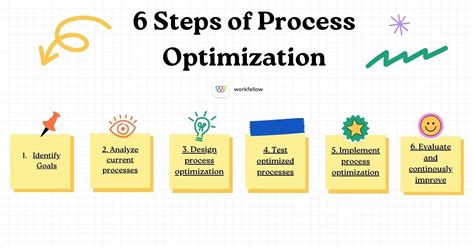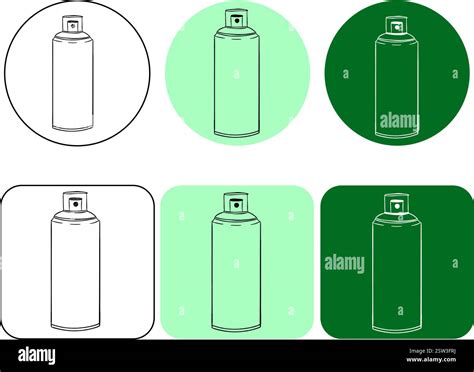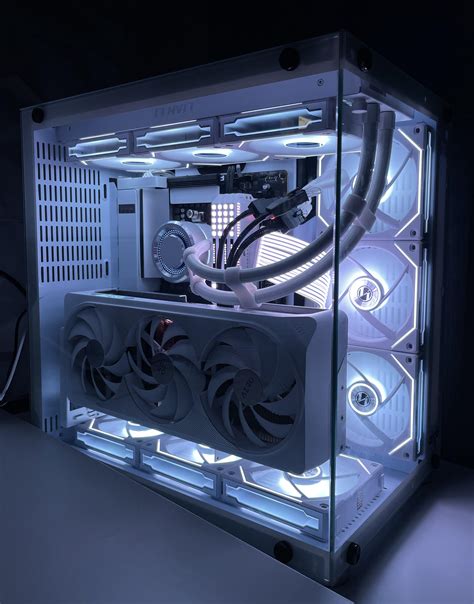Optimize training: How to break strength plateaus for peak muscle gains?

Every dedicated lifter eventually encounters the frustrating wall known as a strength plateau. Your lifts stall, your muscles refuse to grow further, and motivation can wane. Breaking through these plateaus isn’t just about pushing harder; it’s about training smarter, strategically manipulating variables to force new adaptations and unlock continuous progress.
Understanding the Plateau Phenomenon
A strength plateau signals that your body has fully adapted to the current training stimulus. What once challenged your muscles no longer does, and without sufficient new stress, there’s no impetus for further growth or strength gain. This adaptation is natural, but it’s also a clear sign that it’s time to change your approach. Ignoring a plateau often leads to stagnation, injury risk, or burnout.

Re-evaluating the Fundamentals
Before diving into advanced techniques, ensure your foundational elements are optimized. Often, a plateau can be traced back to overlooked basics.
Progressive Overload: The Core Principle
While plateaus mean your current progressive overload strategy might be failing, the principle itself remains paramount. Progressive overload means continually increasing the demands on your muscles. This can be more weight, more reps, more sets, less rest, increased frequency, or improved technique. When a direct increase in weight isn’t possible, explore other forms of overload.
Nutrition and Recovery: The Unsung Heroes
- Caloric Intake: Are you consistently in a slight caloric surplus if your goal is muscle gain? Insufficient fuel is a common plateau culprit.
- Protein Intake: Aim for 1.6-2.2 grams of protein per kilogram of body weight to support muscle repair and growth.
- Sleep: Quality sleep (7-9 hours) is crucial for hormonal regulation, muscle repair, and central nervous system recovery.
- Stress Management: Chronic stress elevates cortisol, hindering recovery and muscle growth. Incorporate stress-reducing activities.

Advanced Training Strategies to Break Through
Once the fundamentals are solid, it’s time to implement strategic training adjustments designed to shock your system into new growth.
1. Deloading: Strategic Retreat for Future Gains
A deload involves temporarily reducing your training intensity and/or volume (e.g., 50-60% of your usual weight, fewer sets/reps) for 5-7 days. This allows your body to fully recover from accumulated fatigue, repair tissues, and resensitize itself to training stimulus. You’ll often come back stronger and more energized after a well-timed deload.
2. Periodization: Cycling Your Training
Instead of linear progression (always trying to add weight), periodization involves systematically varying training variables over time.
- Linear Periodization: Gradually increases intensity while decreasing volume over several weeks or months.
- Undulating Periodization (Daily/Weekly): Changes intensity and volume more frequently (e.g., heavy day, moderate day, light day within a week). This keeps the body guessing and prevents excessive adaptation.
- Block Periodization: Focuses on specific training goals (e.g., hypertrophy block, strength block, power block) in distinct phases.

3. Exercise Variation and Accessory Work
Sometimes, simply swapping a main lift for a close variation can stimulate new growth. If your barbell bench press is stalled, try dumbbell presses, incline presses, or floor presses. Incorporate accessory exercises that target your weak points; for example, if your squat stalls at the bottom, focus on pause squats or glute-ham raises.

4. Intensity Techniques and Rep Range Manipulation
- Drop Sets: Perform a set to failure, then immediately drop the weight by 20-30% and continue to failure.
- Supersets/Giant Sets: Perform two or more exercises back-to-back with minimal rest to increase metabolic stress.
- Rest-Pause: Perform a set, rack the weight, rest for 10-20 seconds, and perform a few more reps.
- Tempo Training: Control the speed of your reps (e.g., 3 seconds eccentric, 1-second pause, 1-second concentric). This increases time under tension.
- Volume Cycling: Alternate between high-volume weeks and lower-volume, higher-intensity weeks.
5. Optimize Your Mind-Muscle Connection
Focus intently on feeling the target muscle work during each rep. This conscious effort can improve muscle activation and recruitment, making each set more effective even with the same weight.

The Power of Consistency and Patience
Breaking plateaus is rarely an overnight process. It requires consistent effort, meticulous tracking of your workouts, and the patience to allow your body to adapt to new stimuli. Keep a detailed training log to monitor what strategies work best for you and when it’s time to introduce new changes. Remember, the journey of strength is one of continuous learning and adaptation.
Conclusion
Strength plateaus are an inevitable part of serious training, but they are not insurmountable. By understanding their causes and systematically applying strategies such as optimizing fundamentals, strategic deloads, various periodization models, and advanced intensity techniques, you can effectively break through these barriers. Embrace these challenges as opportunities to refine your approach, ensuring steady progress towards peak muscle gains and lifelong strength.








